Can design save the world?
The more I build relationships with design professionals, the more I see two different viewpoints. One says design makes the world a more beautiful place, but it isn’t saving lives. The other says, design can save the world. I wholeheartedly agree with the latter.
Design can save the world.
It can. It’s possible. It is actively saving the world. Maybe one person, one family or one community at a time. But it is.
I was thinking about this issue one day while driving to my son’s preschool to pick him up for the day. I was at a stop light and just across the street I watched a man in an electric wheelchair struggle to get through his backyard gate. I’ve actually seen him do it several times as I sat at the same light. He has to turn a corner, straighten himself out, get a “running start” to make it up and over quite a large rise in the path, then make a sharp right, reach uncomfortably high for the latch, then slowly back up while jimmying the gate open after him. Then he finally gets through the gate and it is barely the width of his chair. I don’t even know how he closes the gate. The light is usually green by this point.
As I turned the corned headed for preschool, I thought….”There. Right there. Design could change his life. We don’t even know what life is like for him inside of his home. I wonder how difficult it is for him to bathe or make himself a meal. Making his home ADA accessible can change his world and it can still look aesthetically pleasing.
When I got to school I noticed a new contraption on the playground.
I asked his teacher about it and she said that a classmate who is in a wheelchair for much of the day was having a difficult time playing basketball with the other kids and so she teamed up with the kids to create a ball return which made it much easier for him to participate. It was something they just set up with materials they had on hand, but again…design that changes the way someone is able to do something.
These two stories may seem like changes that aren’t really saving a life. But many small changes compounded over time I believe really can save lives. If well designed homes create a more harmonious, healthy and efficient life for those living in them, whatever their situation or specific need may be, they may be less depressed, more active, make better choices, be motivated, and the list goes on.
A great example of how design can more directly save lives is the PlayPump. Over 884 million people still use unsafe drinking water sources. About 4,500 children die each day from unsafe water and lack of basic sanitation facilities. Countless others suffer from poor health, diminished productivity and missed opportunities for education. (UNICEF) So Roundabout Water Solutions created a pump that is powered by the play of children. The kids love pushing and jumping on the roundabout at the playground. Water born disease goes down and school attendance goes up.
image via PlayPump
What about design at home?
The materials we use in our design can have major impacts on the lives of others, for good or bad. Lives from the origin and the end users. Are we tearing apart rain forests? Where are the soft goods being made and how are the conditions for those who are making them? Are we designing homes that will be filled with toxins breathed by the people who live in them? Can we design kitchens and baths to use less water?
I believe that even the trends we follow can have an impact. Are we designing something timeless or are we designing something that will go out of style in five years and need to be torn out? Our earth can’t support this throwaway and overconsumption culture that many are designing. Let’s avoid excess and make what is needed beautiful and valuable to the users.
Design is so much more than making something look pleasing to the eye. Let’s not devalue this need in our world. I especially make this plea to other design professionals. Don’t view your profession as trivial. You have an impact on your clients choices. You have a voice in changing the world and we need to make our choices more carefully.



